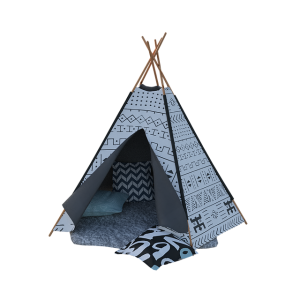Pet ownership brings joy but also challenges in rug cleaning due to messes like urine, fecal accidents, paw tracks, and pet hair buildup. Effective cleaning requires understanding stain sources and using specialized products like enzymatic cleaners for organic matter and pet hair extractors for loose fur. Regular grooming, cleaning routines, and prompt spot treatment minimize stains and odors. Different cleaning methods are suitable for wool and synthetic rugs; professional steam cleaning removes dirt and odors without damage, while enzymatic treatments break down pet messes naturally. Specialized tools like a vacuum, mild detergent, vinegar, and baking soda streamline the process without harsh chemicals. Natural methods like steaming, plant enzymes, and vinegar deodorize safely. Regular cleaning depends on factors like number of pets, activity levels, and shedding habits; spot clean immediately after incidents and vacuum weekly, with deep cleans every 3-6 months for high-traffic areas.
Keeping your rug clean with pets around can seem like a daunting task, but proper care can extend its life and maintain its aesthetics. This comprehensive guide tackles all things related to pet-friendly rug cleaning. From understanding stubborn pet stains and odors to discovering effective cleaning methods, tools, and even natural alternatives, you’ll find expert tips for a sparkling rug. Learn the right frequency for deep cleaning and when to trust professional services for a thorough, safe, and efficient solution.
Understanding Pet-Related Rug Stains and Odors
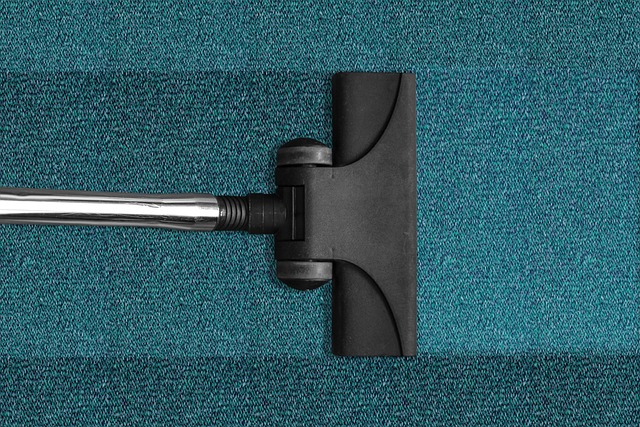
Pet ownership brings immense joy, but it also comes with challenges, especially when it comes to rug cleaning. Pets can leave behind a range of stains and odors that require specialized attention. Common pet-related messes include urine, fecal accidents, paw tracks, and even pet hair buildup. Urine stains, for instance, can cause discoloration and emit a strong odor if not addressed promptly. Fecal accidents not only stain but also pose health risks due to potential bacteria and parasites.
To effectively tackle these issues, understanding the source of the stain is crucial. Different substances require different cleaning approaches. For example, enzymatic cleaners are excellent for breaking down organic matter like urine and feces, while pet hair extractors can help remove loose fur and dander. Regular grooming and cleaning routines, along with prompt spot treatment, are key to minimizing pet-related rug stains and odors, ensuring a fresh and clean living environment.
Choosing the Right Rug Cleaning Methods for Pets
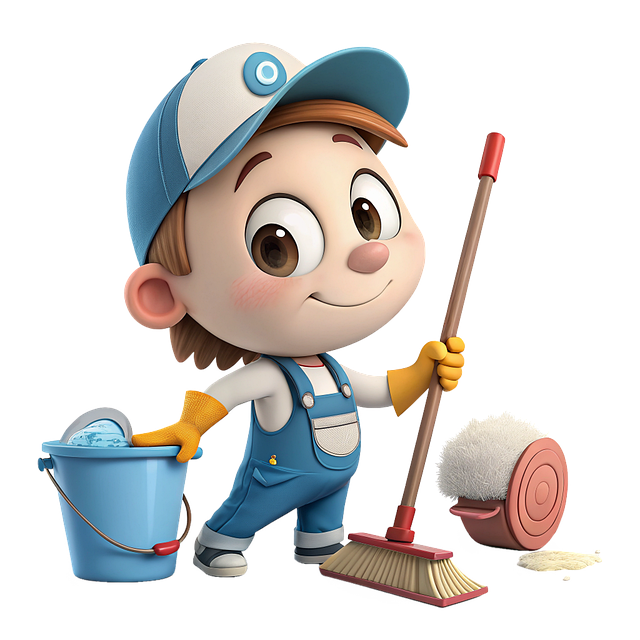
When it comes to rug cleaning for pets, understanding your options is key. The right method depends on factors like the type of rug fibres, the severity of the stain or odour, and whether your pet is a frequent track-in culprit. For instance, for deep-dyed wool rugs, professional steam cleaning can effectively remove dirt and odours without damaging the fibres. It’s also ideal for tackling stubborn pet stains, as the high-pressure steam cuts through urine salts and fecal matter. On the other hand, synthetic rugs may benefit more from spot treatments using gentle, enzymatic cleaners that break down pet messes naturally. These are safer and less likely to leave behind residue or discolourations.
Additionally, regular grooming and brushing of your pet can significantly reduce the amount of loose fur and dander that clings to rugs. Using a vacuum with a HEPA filter is also an effective way to minimise shedding and keep your home cleaner between professional rug cleaning sessions. Remember, choosing the right cleaning method ensures not only the restoration of your rug’s appearance but also prolongs its life and maintains its quality over time.
Essential Tools and Supplies for Effective Pet Rug Cleaning
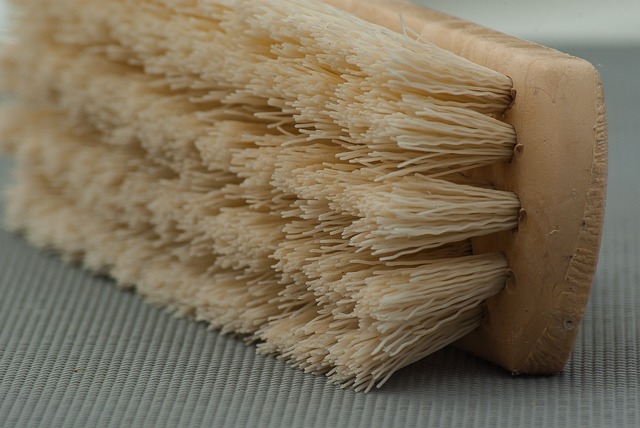
When it comes to rug cleaning for pets, having the right tools and supplies is essential for effective and efficient cleaning. Start with a high-quality vacuum cleaner designed for rugs—one with powerful suction and specialized brushes to remove pet hair, dander, and other debris. Don’t forget about a set of rubber gloves to protect your hands while you scrub stubborn stains.
Additional must-haves include a mild, pet-safe detergent, white vinegar, and baking soda. These natural ingredients can help lift stains and freshen the rug’s scent without harsh chemicals. Also, consider investing in a soft-bristled brush for gently scrubbing tough spots and a clean, dry cloth for spot-cleaning and removing excess moisture. Having these essentials on hand will make the rug cleaning process much smoother and more successful.
Step-by-Step Guide to Cleaning Pet Accidents on Rugs

Cleaning up pet accidents on rugs can be a daunting task, but with a step-by-step guide, it becomes manageable. Start by blotting any visible liquid to prevent further absorption into the fibres. Use a clean cloth or paper towel to gently absorb as much of the mess as possible. Next, identify the type of stain and choose the appropriate cleaning solution – enzymes in pet stain removers break down odour-causing molecules. Apply the solution directly to the stain, following the product’s instructions for contact time. Blot again after the recommended time to remove any residue. For tough stains, consider using a mixture of mild detergent and warm water, but always spot-test first to avoid discolouration.
Once the stain is lifted, rinse the area thoroughly with clean water. Dry the rug completely – either air dry or use a fan to speed up the process – to prevent odours from returning. Regular rug cleaning, both professional and at home, can significantly reduce pet accidents’ impact, keeping your living spaces fresh and hygienic.
Natural and Chemical-Free Cleaning Options for Pet-Friendly Rugs
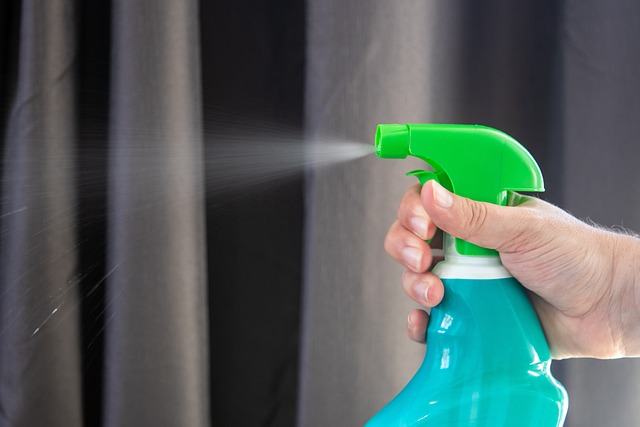
When it comes to cleaning rugs that have been exposed to pet messes, there are several natural and chemical-free options that can effectively restore them to their pristine state while being gentle on your pets’ health. One popular method is steaming. This process uses hot water and steam pressure to loosen dirt and grime from the rug’s fibers, leaving behind a clean and fresh aroma. Steaming is not only safe for both humans and animals but also helps kill bacteria and germs without the use of harsh chemicals.
Another eco-friendly approach to rug cleaning involves the use of natural enzymes found in certain plants. Enzymatic cleaners break down pet stains and odors at a molecular level, leaving no residue behind. These products are ideal for sensitive environments as they don’t produce strong fumes or leave a chemical scent. Additionally, baking soda and vinegar can be used as natural deodorizers to refresh the rug’s smell without causing any harm to pets or the planet.
How Often Should You Clean Pet Rugs?
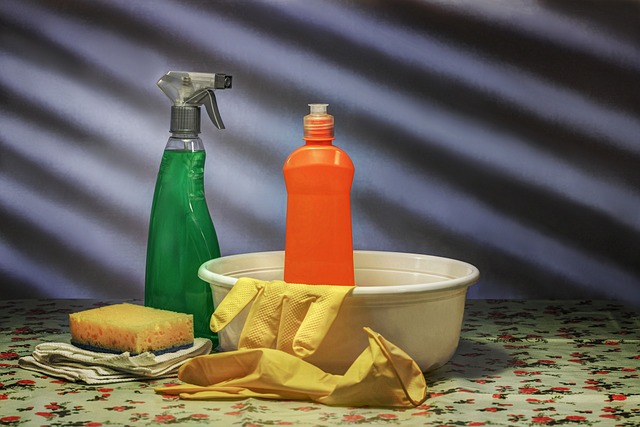
Rug cleaning for pets should be a regular part of your home maintenance routine, especially if you have furry friends at home. How often you need to clean pet rugs depends on several factors, including the number and size of pets in your household, their activity levels, and how much they shed or track in dirt and debris. As a general rule, it’s recommended to spot clean immediately after incidents like spills, pet accidents, or tracked-in mud. Regular weekly vacuuming is also crucial for removing loose fur, dander, and other pet-related debris that can accumulate over time.
For areas with high foot traffic or more active pets, consider deep cleaning your pet rugs every 3 to 6 months. This involves a thorough shampooing and rinsing process to eliminate embedded dirt, odors, and any remaining pet residue. Between these deeper cleans, spot treatments with specialized pet rug cleaners can help maintain the hygiene and freshness of your carpets, ensuring they stay clean and free from unpleasant odors or visible stains caused by pet activities.
Professional Rug Cleaning Services: When to Consider Them

Many pet owners face a common dilemma—how often, and when, should they avail professional rug cleaning services? The answer lies in understanding that regular vacuuming is a must to keep rugs in good condition. However, certain situations warrant professional intervention. For instance, if your pets have had an accident, or there’s a deep stain from muddy paws, quick action is crucial. Professional rug cleaners are equipped with specialized tools and products designed to handle such challenges effectively.
Another consideration is the frequency of cleaning based on your pet’s habits. High-traffic areas with frequent pet activity may require more regular cleaning. In such cases, professional services can help maintain the rug’s quality, ensuring it remains free from deep-seated dirt and odors. Remember, prompt action after accidents or spills prevents damage and makes cleaning easier, preserving the life of your beloved rug.
